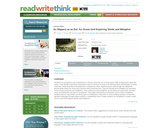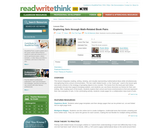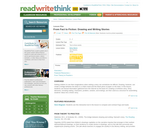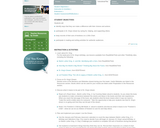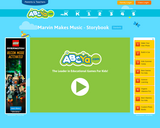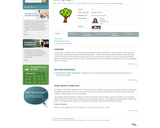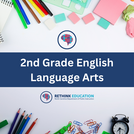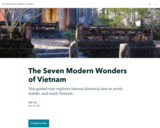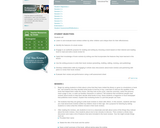Hello, my name is Kim. I am a 2nd grade teacher in North Carolina. As a teacher, it is important that my students feel seen, heard, and valued. I build relationships and do my best to use materials that reflect my students, their families, and their home lives. This may be through books, music, or visuals. I also work to develop their sense of curiosity and expose them to the rich and diverse cultures that exist across the globe. In this instructional unit, my goal was to bring a student’s Vietnamese culture into the classroom.
The unit I am sharing was created as part of a summer program hosted by The National Humanities Center. I chose to participate in a summer institute on Vietnamese history and created this virtual field trip using a multimedia platform called Argis. My goal was to expand my own learning as I demonstrated one way teachers can integrate geography, social studies, and literacy. The unit is called the Seven Wonders of Vietnam. The unit begins with a couple of leveled readers that I used to introduce the topic. Then it goes into the virtual filed trip. When you click on each location on the map, a window opens. The slide provides you with an image, a short description, and an optional video to learn more about the landmark.
As you scroll down, you see a literacy extension that allowed my students to find meaningful books to them. There are the seven wonders of the world, but there are also so many other places, people, and events that are special to us. Through this extension activity, students can explore a topic they care about. That can be seven wonders of North Carolina, or somewhere special to their heart.
This lesson supplements the curriculum of Core Knowledge Language Arts Domain 2 Unit Listening and Learning: Early Asian Civilizations. Domain 11 Listening and Learning: Immigration explores the push and pull factors for people from diverse cultures to migrate to the United States.
Day 1-Guided Reading (Books that introduce students to the geographical area of Southeast Asia)
The lesson provides an integrated social studies and reading unit to front-load background knowledge for second graders to better access middle-school social studies non-fiction content. This unit explores how place can form a person's culture and identity.
Day 2- Argis website
This lesson will provide an enrichment lesson connecting the two units. The students will learn about Ancient Vietnam and Modern Day Vietnam. Please refer to the Argis website for the learning activities.
Day 3-The teacher can select how many days to focus on the famous sites in Vietnam. For example, I spent two days going over on how to use non-fiction text features on a map and how we can use informational text to learn about Vietnam.
Day 4- Making personal connections to the informational text. The teacher will model to the students on how to write their personal connection to different parts of world. The teacher can adapt the lesson to fit the students' demographics.
Additional Resources: Read-aloud videos of the leveled readers provided.



